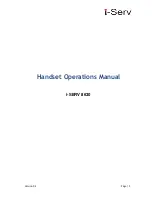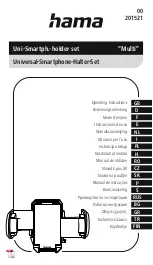
Barryvox User’s Manual
7
Alarm signals:
•
Whumphing noises
and shooting cracks
when walking on the snow
surface.
•
Recent spontaneous
avalanches
•
Remote triggering
•
Vibrations of the snowpack,
“Hollow” sounds
2.2 Assessing the Risk
Critical Amounts of New Snow
If the new snow which has fallen in the
last 1–3 days is:
10–20 cm
with unfavorable conditions
20–30 cm
with moderate conditions
30–50 cm
with favorable conditions
then you should assume that the risk
level is
CONSIDERABLE
.
Unfavorable conditions
• strong winds (>50 km/h)
• low temperatures (< –8 ºC)
• slope rarely used
Favorable conditions
• light winds
• temperature slightly below 0 ºC
• slope used regularly
Triggering the Trap Through the
Additional Weight of a Person
The steeper the slope and the more it
is in the shade, the greater the probabil-
ity of triggering an avalanche.
The chances of triggering an avalanche are
increased by large groups without spacing
between group members, by taking hard
turns when descending on skis, but above
all by falls and jumps (over snow cornices)
and similar shock-type loading.
At and above a
CONSIDERABLE
level of
risk, remote triggering becomes a possibility.
The person triggering the avalanche may
be dozens of meters away from the fracture
line. This is particularly fatal at the base of
a slope because you may set the entire
snowpack lying above you in motion!
Note:
Sparsely wooded slopes (trees sepa-
rated enough to ski or snowboard through)
do not protect from avalanches.
Also, scattered boulders sticking up through
the snow surface will not prevent slab
avalanches.
Particularly dangerous
slopes:
Extremely steep, often
scattered with boulders,
shadowed, covered with freshly
driven snow, rarely used.
Risk factors are cumulative!








































